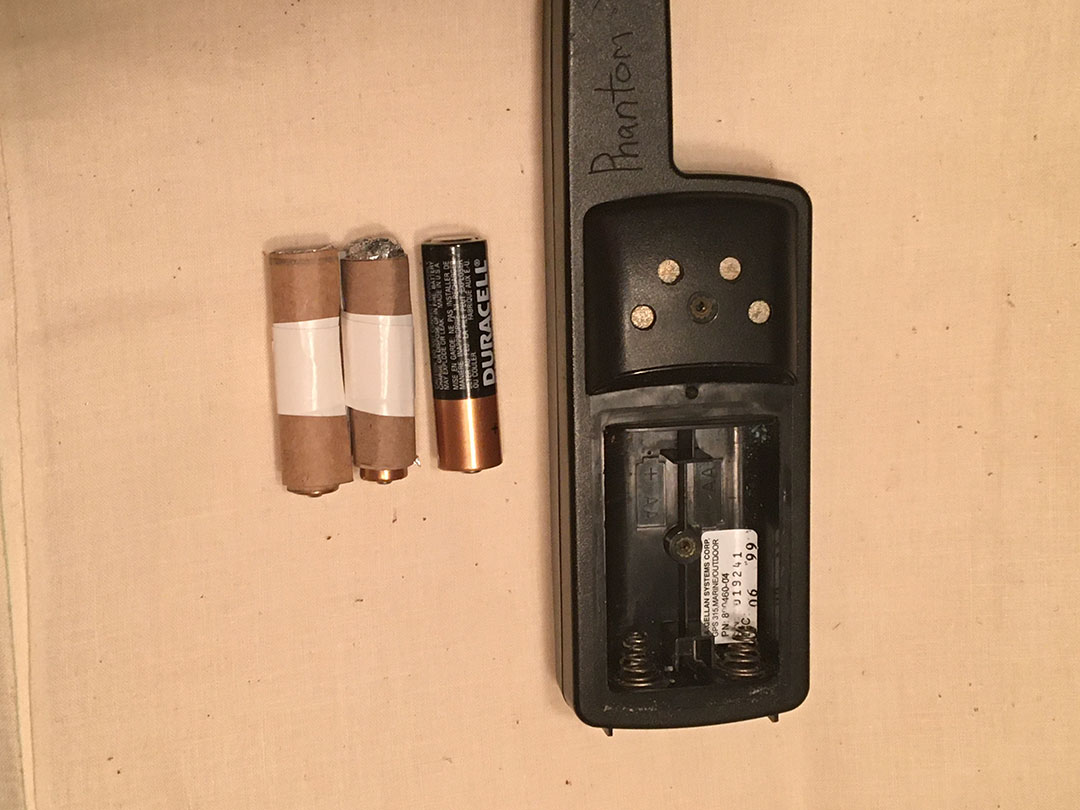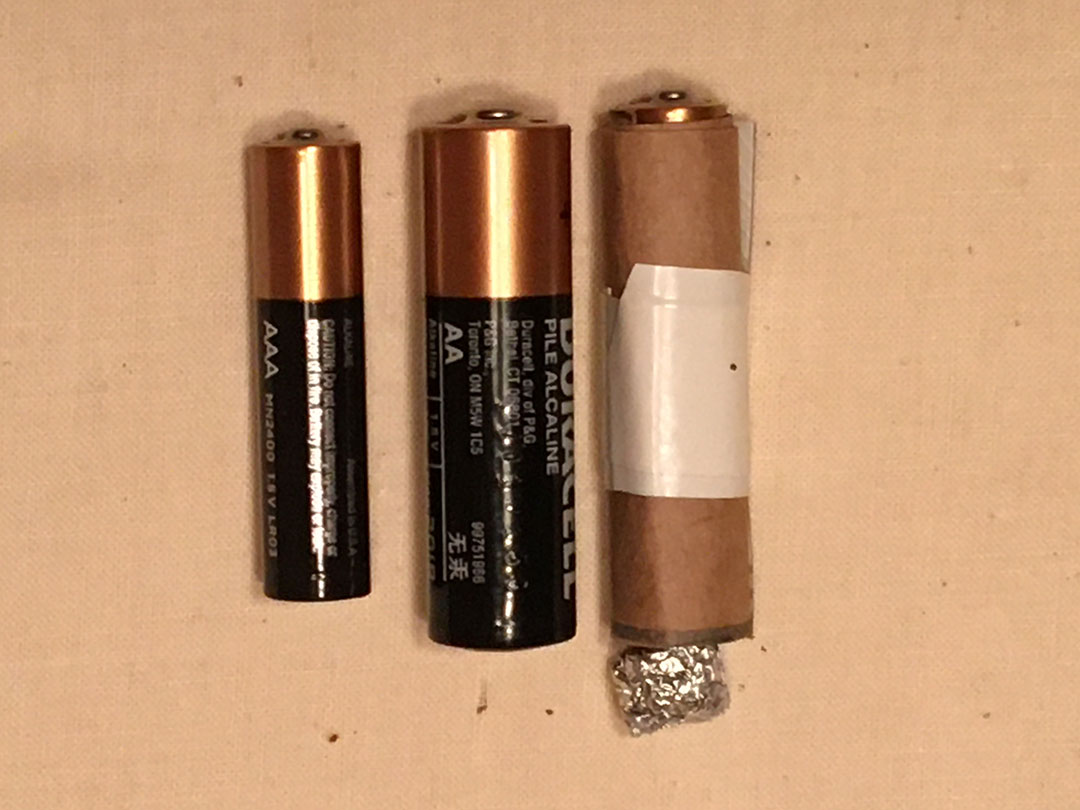
We were preparing for our spring cruise and going over our on-board dry-cell battery inventory. Our conclusion? Our inventory of AA and AAA batteries stays fresh because we go through them, whereas we store the C- and D-cell batteries typically for emergency-use items, such as larger flashlights, battery-powered running lights, and the portable AM/FM radio. It occurred to me that if our attention lapses, there could come a time when an emergency device is needed and the C- and D-cell batteries needed to power it are stale and weak, having been stowed too long. It also occurred to me that there is something we could do about it.
These four types of dry-cell batteries are largely the same, in that they all provide 1.5 volts of electricity. They’re different in terms of their form factor and current capacity. The larger the battery, the longer it will provide power.

Which begs the question of interchangeability. The ability to adapt any currently available battery to serve as a larger battery could be useful. In fact, there are adapters on the market that allow, for example, a smaller C-cell battery to replace a larger D-cell battery in a device that requires a D-cell battery to operate. These adapters simply serve to increase the diameter and/or length of the smaller battery. These adapters are so simple that buying and storing them seems unnecessary.
Rather, I have used cardboard and tape to adapt smaller batteries to (temporarily) serve the power-providing role of larger batteries. As shown in the pictures, a cardboard strip is wrapped around the smaller battery until the approximate diameter and length of the desired battery is achieved. I use tape to keep the cardboard from uncoiling and I add a plug of aluminum foil to the negative end to make the electrical contact.

Should the emergency devices I keep aboard ever need power beyond what is available from the specified batteries, I am confident I can find fresh, smaller batteries and use them as a substitute. I will caution readers that the smaller battery will have less, perhaps significantly less, current capacity than the specified battery. For example, while substituting a AAA battery for a AA battery is not a big leap, substituting a AAA battery for a D cell may not work so well. However, reduced function of an emergency device is certainly better than no function at all.






